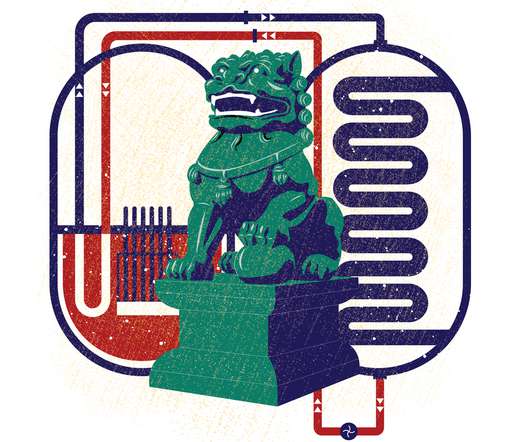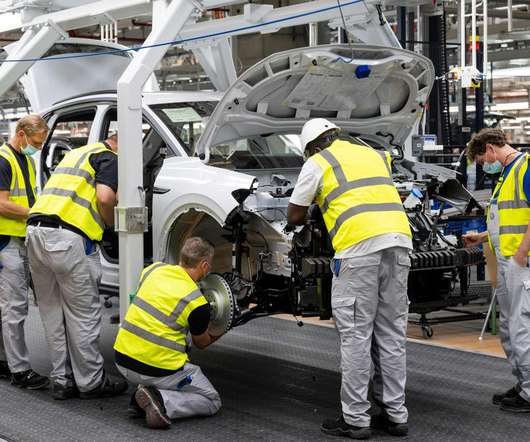IEA: CO2 emissions from fuel combustion rose 2.2% in 2013, below the average rate since 2000
Green Car Congress
NOVEMBER 5, 2015
According to the latest data released by the International Energy Agency (IEA), CO 2 emissions related to the energy sector, which is the source of nearly two-thirds of human-generated greenhouse gases, rose 2.2% Both years were below the average growth rate since 2000 of 2.5%. in 2013 to total 32.2 gigatonnes, compared with the 0.6%




































Let's personalize your content